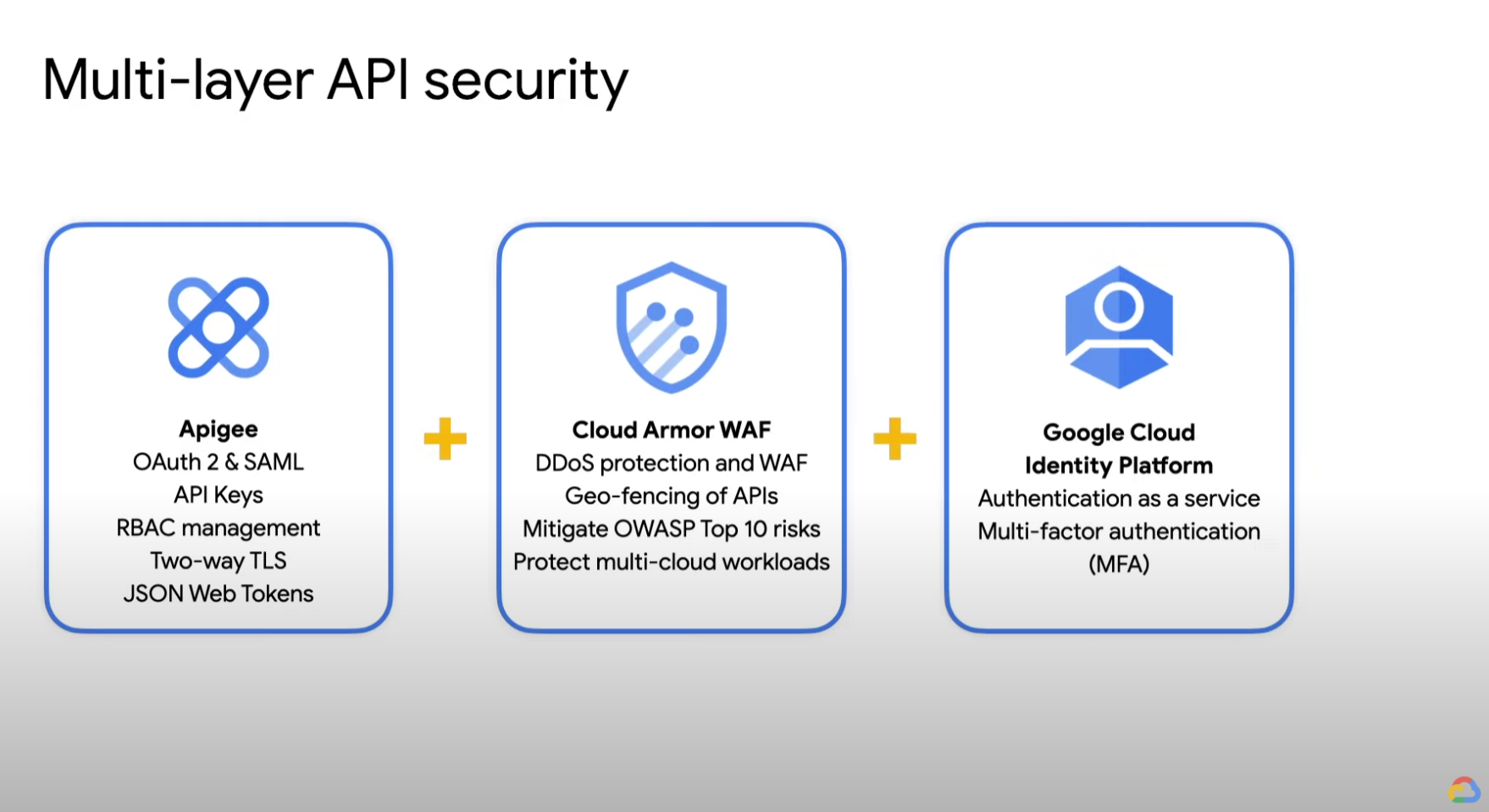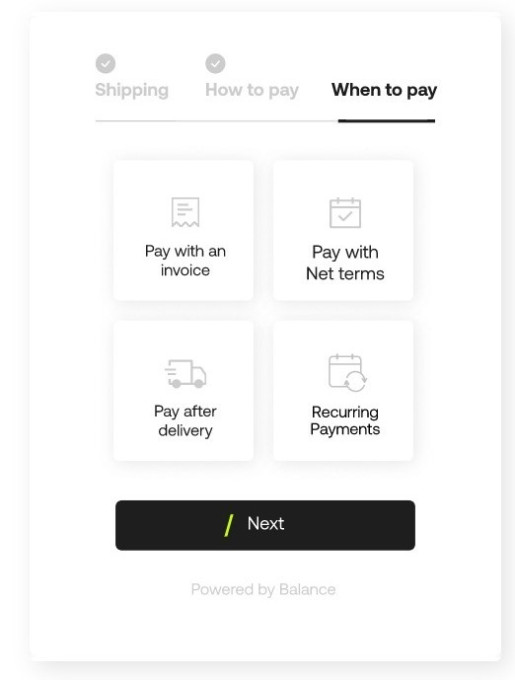Microsoft launches Viva, its new take on the old intranet
Microsoft today launched Viva, a new “employee experience platform,” or, in non-marketing terms, its new take on the intranet sites most large companies tend to offer their employees. This includes standard features like access to internal communications built on integrations with SharePoint, Yammer and other Microsoft tools. In addition, Viva also offers access to team analytics and an integration with LinkedIn Learning and other training content providers (including the likes of SAP SuccessFactors), as well as what Microsoft calls Viva Topics for knowledge sharing within a company.
If you’re like most employees, you know that your company spends a lot of money on internal communications and its accompanying intranet offerings — and you then promptly ignore that in order to get actual work done. But Microsoft argues that times are changing, as remote work is here to stay for many companies, even after the pandemic (hopefully) ends. Even if a small percentage of a company’s workforce remains remote or opts for a hybrid approach, those workers still need to have access to the right tools and feel like they are part of the company.
“We have participated in the largest at-scale remote work experiment the world has seen and it has had a dramatic impact on the employee experience,” Microsoft CEO Satya Nadella said in a pre-recorded video. “As the world recovers, there is no going back. Flexibility in when, where and how we work will be key.”
He argues that every organization will require a unified employee experience platform that supports workers from their onboarding process to collaborating with their colleagues and continuing their education within the company. Yet as employees work remotely, companies are now struggling to keep their internal culture and foster community among employees. Viva aims to fix this.
Unsurprisingly, Viva is powered by Microsoft 365 and all of the tools that come with that, as well as integrations with Microsoft Teams, the company’s flagship collaboration service, and even Yammer, the employee communication tool it acquired back in 2012 and continues to support.
There are several parts to Viva: Viva Connections for accessing company news, policies, benefits and internal communities (powered by Yammer); Viva Learning for, you guessed it, accessing learning resources; and Viva Topics, the service’s take on company-wide knowledge sharing. For the most part, that’s all standard fair in any modern intranet, whether it’s from a startup provider or an established player like Jive.
Viva Insights feels like the odd one out here, especially after Microsoft’s kerfuffle around its Productivity Score. The idea here is to give managers insights into whether their team (but not individual team members) are at risk of burnout, for example, in order to encourage them to turn off notifications or set daily priorities (a good manager, I’d hope, could do this without analytics, but here we are, in 2021). It’s also meant to help company leaders “address complex challenges and respond to change by shedding light on organizational work patterns and trends.” Sure.
Because this is Microsoft in 2021, there’s also a lot of talk about employee well-being in today’s announcement. For most employees, that means fewer meetings, more focus time and turning off notifications after work. Obviously there are technical tools to help with that, but it’s really a question of company culture and management. I’m not sure you need analytics integrated with LinkedIn’s Glint for that, but you can now have those, too.
“As the world of work changes, the next horizon of innovation will come from a focus on creativity, engagement and well-being so organizations can build cultures of resilience and ingenuity,” said Jared Spataro, corporate vice president, Microsoft 365. “Our vision is to deliver a platform for the employee experience that helps organizations create a thriving culture with engaged employees and inspiring leaders.”
![]()

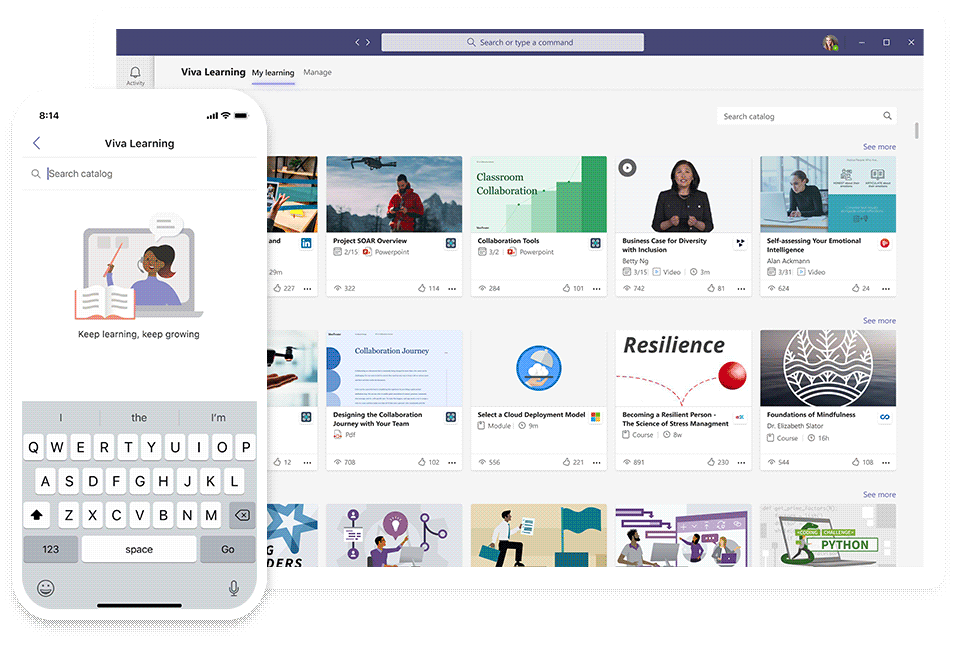
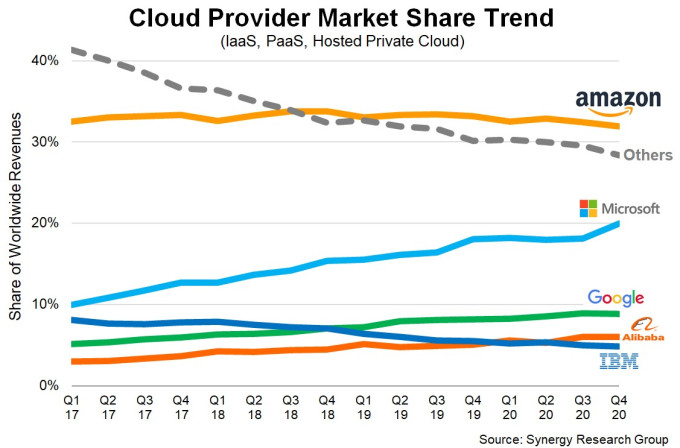
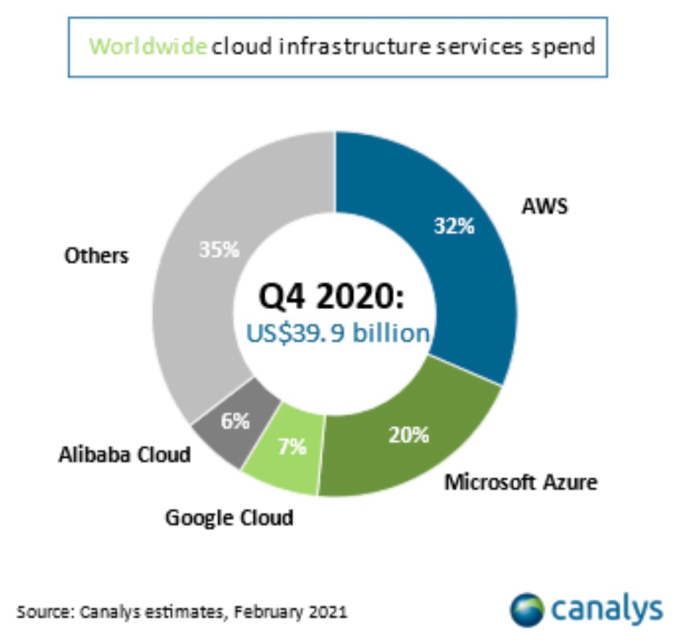
 (@theSamParr)
(@theSamParr) 